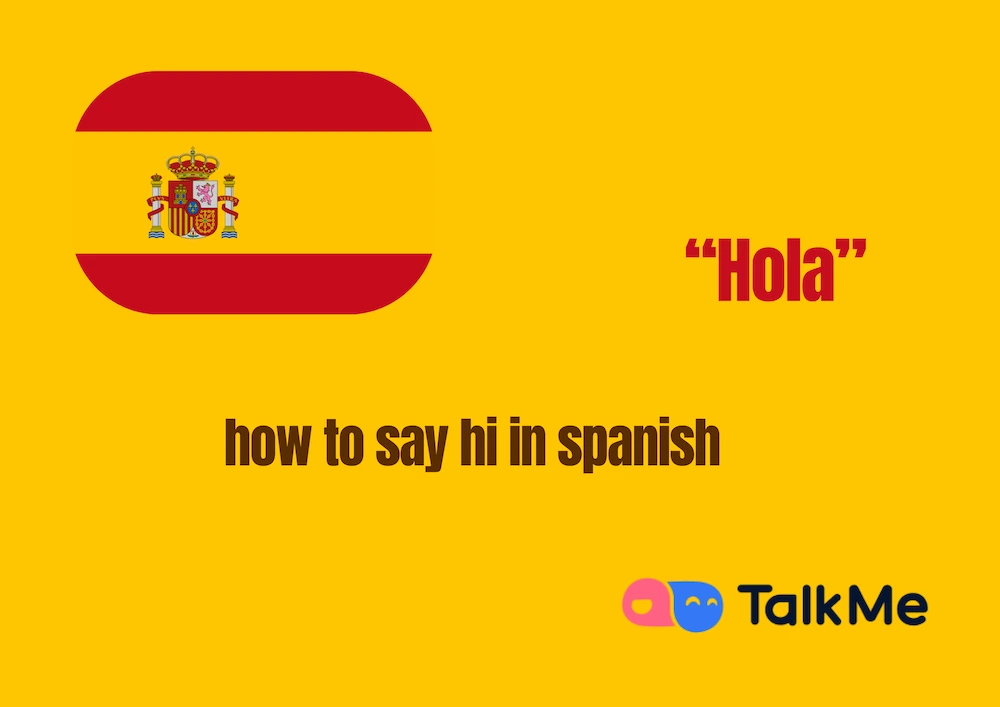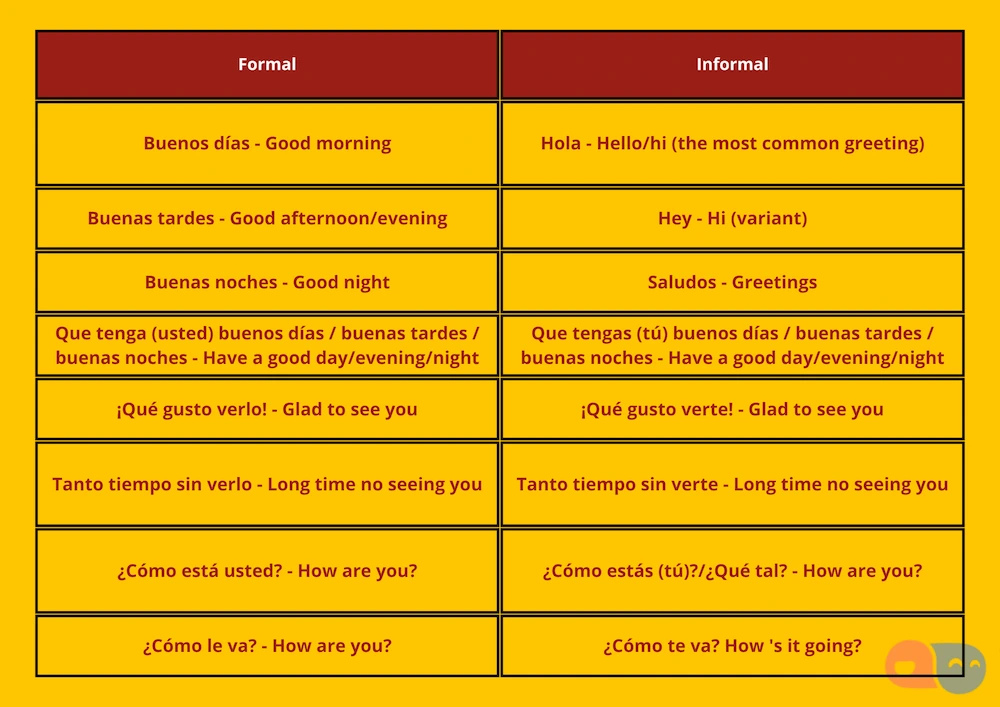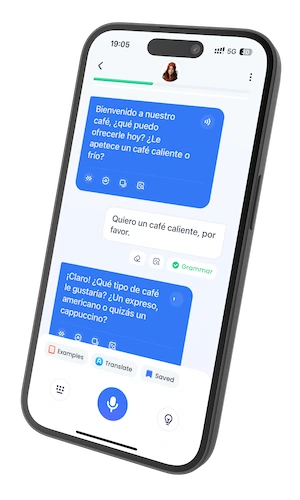When learning a new language, the first thing most people want to know is how to say “hi.” It’s the gateway to conversation, a sign of respect, and a way to connect across cultures. In Países hispanohablantes, greetings are especially important—they set the tone for any social or professional interaction. Saying “hi” correctly can make a great first impression, whether you’re chatting with friends in Mexico, emailing a client in Spain, or making small talk in a Colombian café.

In this post, we’ll explore how to say hi in Spanish across different levels of formality and regions. From the classic “Hola” to local slang like “¿Qué onda?” and “Weeena weon,” you’ll get a well-rounded understanding of how to greet like a native speaker. We’ll also show you how TalkMe AI can help you master these greetings through real conversations, role-playing, and instant feedback.
The Basics: How to Say Hi in Spanish
Let’s start with the most essential word in Spanish greetings: “Hola.” Pronounced [OH-lah], this word is the go-to greeting across the Spanish-speaking world. It’s short, easy to remember, and universally understood.
Proper Pronunciation
- “H” is silent in Spanish, so avoid saying “HO-la” — just say “OH-lah.”
- Keep it light and friendly. A cheerful tone goes a long way!
When to Use “Hola”
“Hola” is versatile. You can use it:
- En formal settings like business meetings or with strangers
- En casual encounters like texting a friend or greeting someone on the street
- Anytime, anywhere — morning, afternoon, or evening
This makes “Hola” a great place to begin your Spanish journey. But there’s so much more once you dive deeper.
How to Say Hi in Spanish Language: Formal Greetings
In more formal settings, greetings in Spanish vary depending on the time of day. Here are the most common options:
- Buenos días (Good morning) — used until around noon
- Buenas tardes (Good afternoon) — typically from noon until sunset
- Buenas noches (Good evening/night) — after sunset or when saying goodbye at night
Cultural Etiquette
In many Spanish-speaking countries, formal greetings are accompanied by a handshake, especially in professional or first-time meetings. In more personal contexts, like among family or close friends, a kiss on the cheek (or two in Spain) is common—even upon greeting someone for the first time!
Formal Greetings in Writing
When writing emails or letters, especially in professional or academic settings, you’ll often see greetings like:
- Estimado/a (Dear) + name
- Followed by Buenos días o Saludos cordiales (Kind regards)
How to Say Hi Friend in Spanish: Informal & Friendly Greetings
When greeting friends, Spanish speakers tend to get creative and casual. Besides “Hola,” you’ll hear:
- ¡Hola amigo! / ¡Hola amiga! — “Hi friend!”
- ¿Qué tal? — “What’s up?”
- ¿Cómo estás? — “How are you?”
Regional Slang Examples
Depending on the country, these greetings can become colorful and culturally rich:
- Colombia: ¿Quiubo, parce? — “What’s up, dude?”
- Argentina: Che, ¿cómo andás? — “Hey, how’s it going?”
- México: ¿Qué onda, güey? — “What’s up, bro?”
- Chile: ¡Weeena weon! — “Hey, dude!” (very informal)
These expressions may sound confusing at first, but they’re key to sounding natural. TalkMe AI helps learners explore and practice these regional variations through conversation simulations and slang modules.
Country-Specific Ways to Say Hi
Here’s a mini-guide to how people greet each other in different Spanish-speaking countries:
- España: Hola y ¿Qué tal? are very common. You’ll also encounter the double-cheek kiss as a standard greeting.
- México: Expect friendly greetings like ¿Qué onda? o ¿Cómo estás? among friends.
- Argentina: The casual Che is iconic. Don’t forget the cheek kiss—even between men!
- Colombia: Parce (buddy) and ¿Quiubo? are typical among peers.
- Cuba: Casual phrases like ¿Asere, qué bola? are widely used among friends.
- Costa Rica: ¡Pura vida! doubles as both a greeting and a lifestyle motto.
- Chile: Informal ¡Weeena! shows enthusiasm and friendliness.
- Ecuador & Bolivia: Buenas (short for buenos días/tardes) is common and polite.
Body Language & Etiquette
- España: Cheek kisses, even in semi-formal situations
- Latin America: One kiss (usually right cheek), or a handshake depending on familiarity
- Always observe the setting — formal vs. informal greetings can vary even within the same country
How to Say Hi in Spanish Translation (Context Matters!)
Literal translations are helpful, but context shapes meaning. Por ejemplo:
- “Hola” may translate directly as “hi,” but the tone you use can make it feel formal, neutral, or very casual.
- “¿Qué tal?” could mean “How are you?” or just a simple “Hey” depending on the setting.
- “Buenas” can imply any time of day but sounds less formal.
Translation Shifts by Mood & Age
- Teens may greet each other with ¿Qué onda?
- Older adults might prefer Buenos días o Buenas tardes
- In a business setting, use full, polite phrases with respectful tone and body language
Beyond Hello: Common Greeting Phrases
Greeting someone doesn’t stop at “hi.” Here are follow-up phrases to keep the conversation flowing:
- ¿Cómo estás? — How are you?
- ¿Qué hay de nuevo? — What’s new?
- ¿Qué pasa? — What’s happening?

These expressions help move from greeting to small talk. Spanish conversations often begin with a greeting and immediately move into a brief personal check-in, showing interest and warmth.
How to Say Thank You in Spanish (Bonus Section)
After greeting someone, it’s always polite to express gratitude.
- Gracias — Gracias
- Muchas gracias — Thanks a lot
- Mil gracias — A thousand thanks
- Gracias por venir — Thanks for coming
Expressing thanks is a valued custom in Spanish-speaking cultures. Adding a simple gracias after a greeting or favor shows you’re respectful and appreciative.
Learn to Say Hi in Spanish with TalkMe AI
Want to practice all these greetings with real-time feedback and fun role-play? TalkMe AI Iis the ideal tool for mastering Spanish greetings.

Why TalkMe AI Stands Out
- Natural language chat: Practice real-life greetings and conversations
- Instant correction: Fixes pronunciation and grammar in real time
- Escenarios de juegos de rol: From meeting a friend in Chile to emailing a boss in Spain
- Regional variation practice: Understand slang and etiquette from over 10 Spanish-speaking countries
- Personalized learning paths: The app adjusts to your pace, goals, and native language
- Anytime, anywhere access: Perfect for busy learners or frequent travelers
Get Started Today
Download the app, choose Spanish as your learning language, and start your first lesson on greetings. Say “hi” to the future of language learning with TalkMe AI.
Reflexiones finales
Tanto si dices “Hola” in Spain, “¿Qué onda?” in Mexico, or “Che, ¿cómo andás?” in Argentina, mastering how to say hi in Spanish opens the door to vibrant, meaningful conversations. Remember to adjust your greeting based on formality, region, and relationship.
Con TalkMe AI, you don’t just memorize phrases—you practice them naturally, just like you would with a native-speaking friend. So what are you waiting for? Start exploring the exciting world of Spanish greetings today!
FAQ Section
-
What is the most common way to say hi in Spanish?
The most common greeting is “Hola”, used in both formal and informal settings.
-
How do you greet a friend in Spanish casually?
Use phrases like “¡Hola amigo!”, “¿Qué tal?”, or country-specific slang like “¿Qué onda?” in Mexico.
-
Is “hola” formal or informal?
“Hola” is neutral—it works in both formal and informal settings, making it very versatile.
-
How do you say hi in Spanish in different countries?
Each country has its own flavor: “¿Quiubo?” (Colombia), “Che, ¿cómo andás?” (Argentina), “¿Qué onda?” (Mexico), “¡Pura vida!” (Costa Rica), and more.
-
What’s a polite way to say thank you in Spanish?
“Gracias” is the standard. You can add emphasis with “Muchas gracias” o “Mil gracias”.


